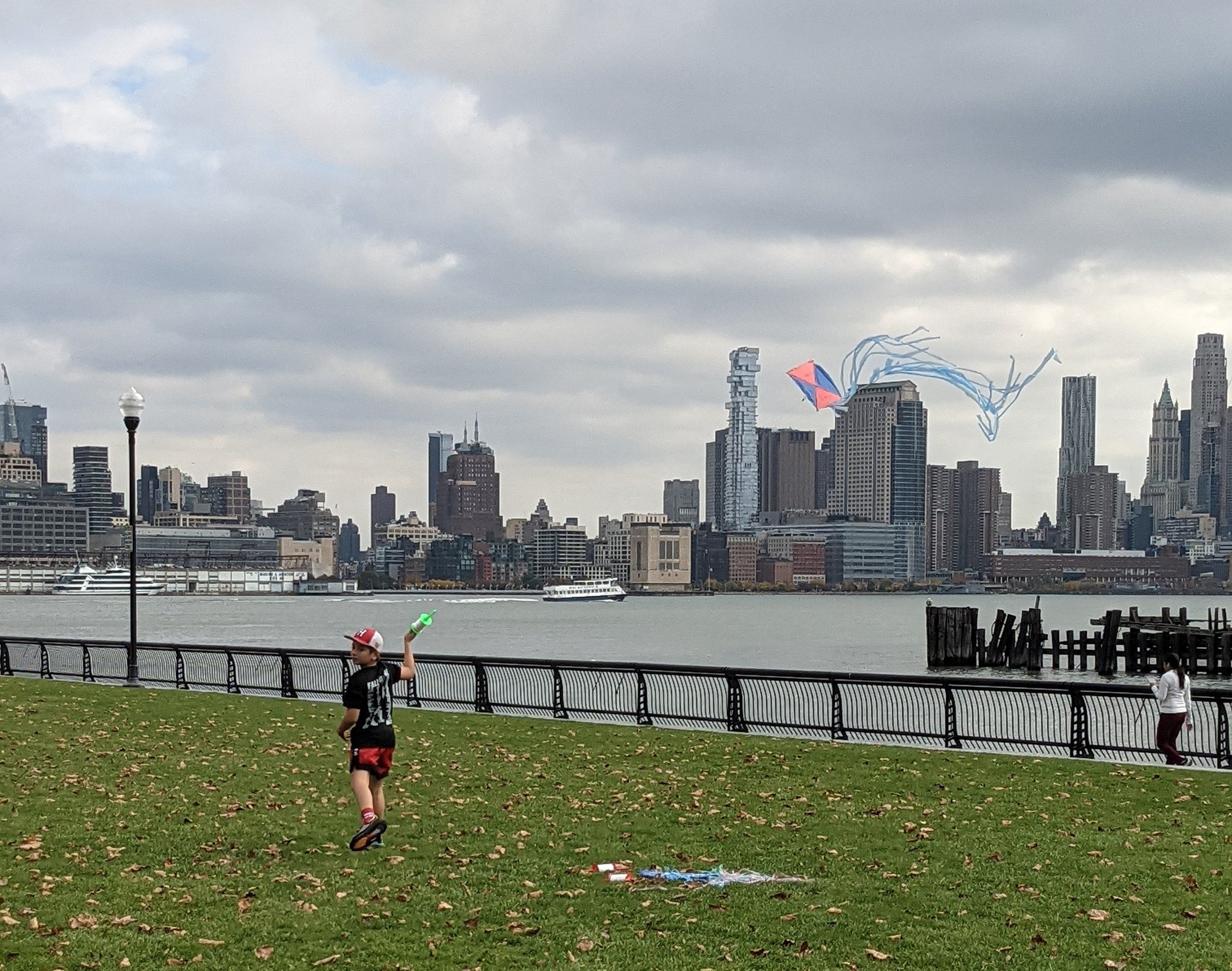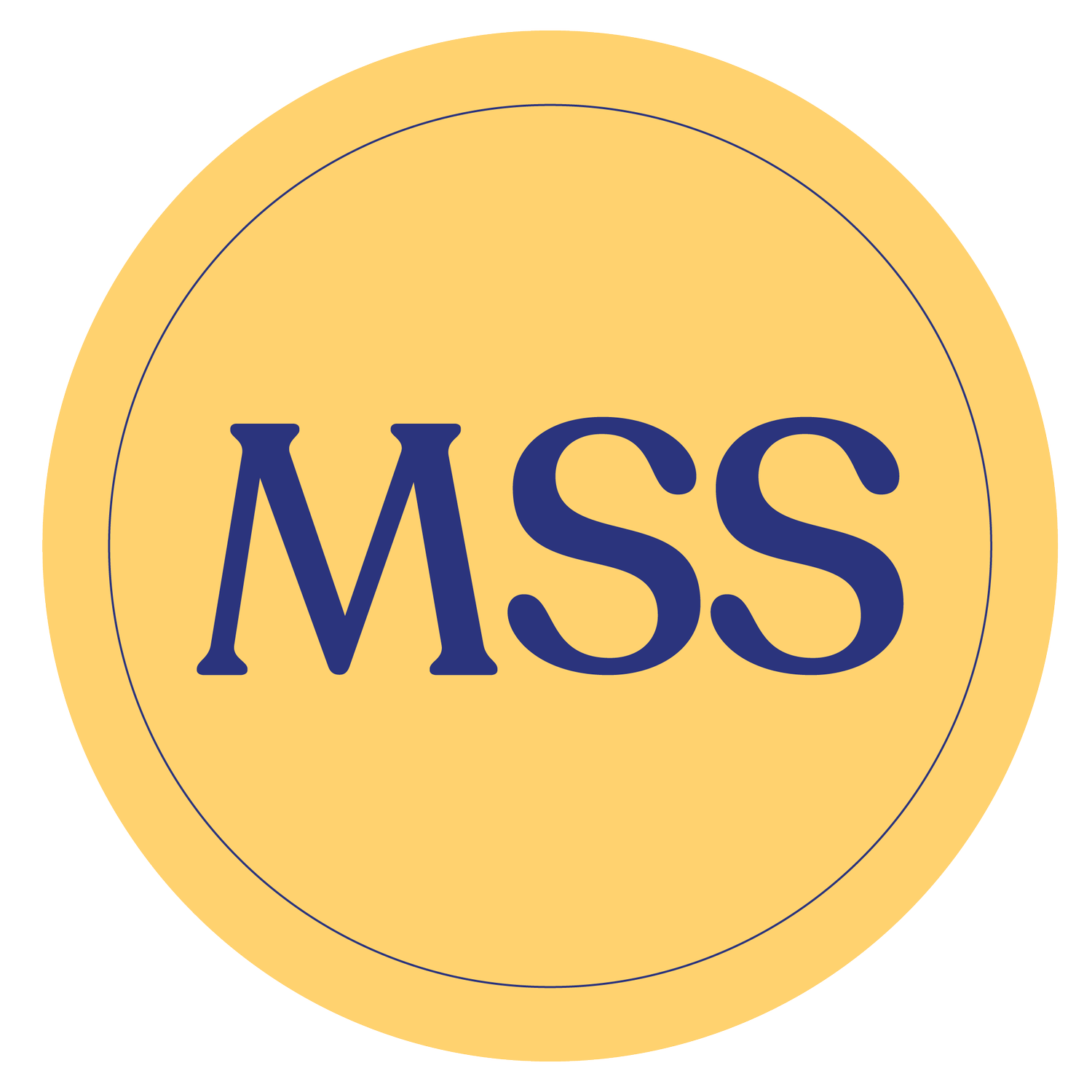
Lower School Grades 2-5: Independent and Collaborative
Guided by their teacher, students learn grammar, mechanics, editing skills, and the craft of writing as they continually choose topics, draft, revise, edit, and publish their work in Writing Workshops
Formal instruction in Spanish twice a week beginning in second grade with fluency developed through reading, discussing, acting, writing, and playing game in Spanish through highly collaborative, interactive, and story-based experiences
Employing the spiral method, math concepts like geometry and measurement, numerical functions and operations, and statistics are revisited and expanded each year leading to increasingly complex solutions
Leadership and public-speaking opportunities beginning with the second grade World Expo prepare students for the challenges of Middle School Exhibitions
STEAM teacher teams offer a scholarly interdisciplinary and inquiry-based program drawing on the invention and empathy of the design-thinking process
Students learn to apply content knowledge to solve multifaceted, real-life problems with fluency and flexibility, recognizing mistakes as vital steps towards a solution
Over the course of Grades 4-5, students will write
Personal narratives
Poetry
Historical fiction picture books
Oral retelling of myths
Newspaper articles
Sample Curriculum
FOURTH GRADE MATHEMATICS
A problem-solving approach is the key to our math program. Students are encouraged to solve problems in varied ways and communicate their processes to others. In fourth grade students begin to develop their proficiencies with traditional algorithms and build connections between mathematical concepts. It is important that students solve problems with efficient strategies that make sense to them. Computational fluency and mastery of number operations, including decimals and fractions, are major milestones in fourth grade mathematics.
Unit 1: Arrays, Factors and Multiplicative Comparison
Unit 2: Generating and Representing Measurement Data
Unit 3: Multiple Towers and Division Stories: Multiplication and Division 2
Unit 4: Size, Shape, and Symmetry: 2-D geometry and measurement
Unit 5: Landmarks and Large Numbers: Addition, Subtraction, and the Number System
Unit 6: Fraction Cards and Decimal Squares: Rational Numbers
Unit 7: How Many Packages? How Many Groups? Multiplication and Division 3
Unit 8: Penny Jars and Plant Growth: Patterns, Function, and Change

“Remember the two benefits of failure. First, if you do fail, you learn what doesn’t work and second, the failure gives you the opportunity to try a new approach,” states author and toy-maker Roger von Oech whose focus Is on the study of creativity.
“This quote encapsulates my vision for learning and life. I like to say I help kids fail well. Trying and retrying shows grit and determination especially when you go into a situation with new knowledge and new growth. I hope students feel empowered to show that grit and determination without fear.”—Ms. McCallihan
Curriculum-Rich Field Trips
How can artifacts teach us about the past?
On a Visit to the National Museum of the American Indian Fourth and Fifth Grade Students
Research Geography, Culture, and History Across States
Following research study of a geographic area of the United States to learn about the historical relationships between people and the land, fourth and fifth grade students were prepared to analyze artifacts for evidence about environment and culture.
Students selected an artifact in the museum from the cultural area they have been researching. They began by making concrete observations about the artifact and drawing it, before connecting to their previous learning about the cultural area. Encouraged to raise questions and discover answers at the museum, students composed interpretations about how the object was used upon reflection later back in the classroom
Students visited the Native New York gallery to learn about the history of tribes in this region from pre–Revolutionary War exchanges through present day events. Highlights were the invention of the game of lacrosse, the NYC skyscrapers built by Haudenosaunee (Iroquois) ironworkers, and cultural artifacts.
At the imagiNATIONS Activity Center, students explored scientific principles behind Native innovations and technologies. They used geometry concepts to construct an iglu, balanced in Inuit-style kayaks, marveled at the strength of Incan rope suspension bridges, and played a farming computer simulation to keep their families alive employing the same methods as the Haudenosaunee people of New York.
To read about the second and third grade annual field trip on the ferry to Ellis Island and how their visit is interwoven into a study unit on immigration, check out the feature article in our magazine Inspire here.
The Four C’s of 21st Century Skills
-

Communication
Students are offered a myriad of opportunities to develop interpersonal and presentation capabilities.
-

Collaboration
Students of varying backgrounds contribute their own strengths and experiences, and they develop collaborative capacities to further ideas and solve problems together, enhanced by their differences.
-

Critical Thinking
Students pursue rigorous learning by accessing prior knowledge, setting goals, designing action steps, executing plans, and engaging in reflection.
-

Creativity
Students construct knowledge through inquiry-based projects and instruction that integrate science, math, literature, the arts, and more.







